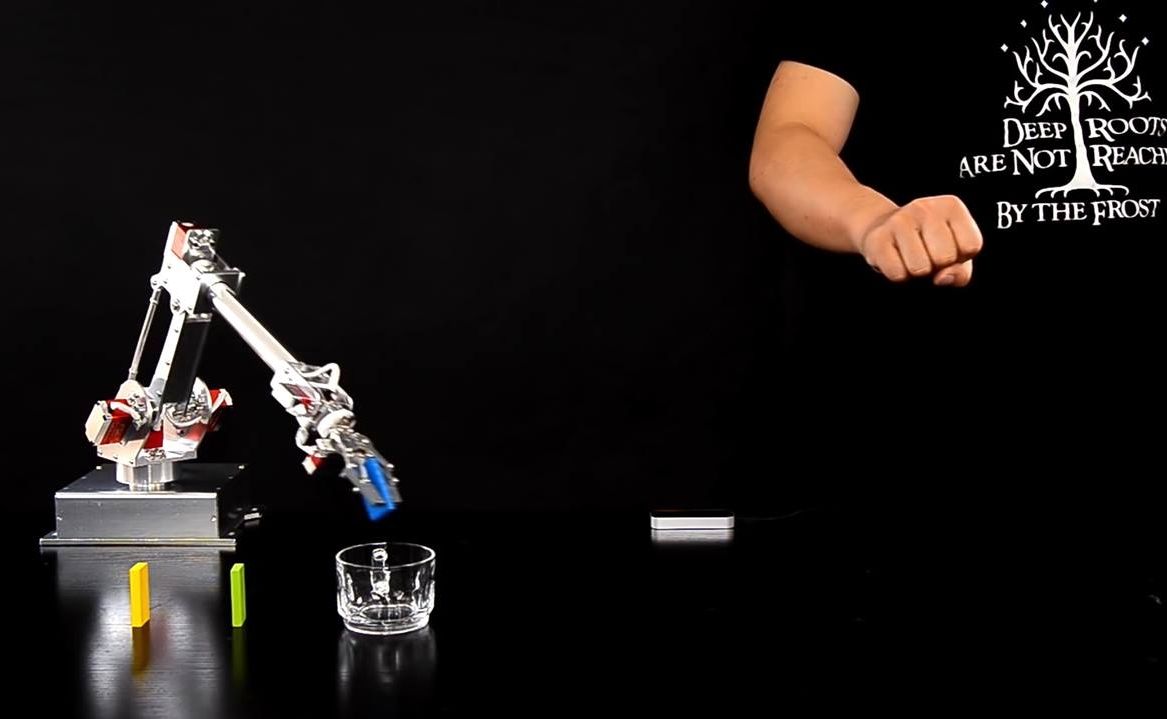Oct 27, 2015
See how InVisage’s HDR sensor will improve smartphone filmmaking
Posted by Shailesh Prasad in categories: media & arts, mobile phones, transportation
https://youtube.com/watch?v=GbShbMRudUM
InVisage filmed in challenging, bright sunlight conditions to test the dynamic range, and shot fast moving subjects (RC race cars) to show off the global shutter. The resulting footage (below) is surprisingly cinematic, considering that the sensor is smartphone sized. (It’s also a bit soft, which the company chalked up to the sensor being an early prototype.) The tech looks intriguing, though the level of hype in the press release and making-of film is a bit over-the-top. Still, if it can be refined further — perhaps by a sensor company like Sony — it could result in strikingly better smartphone and camera images in the not-too-distant future.


















